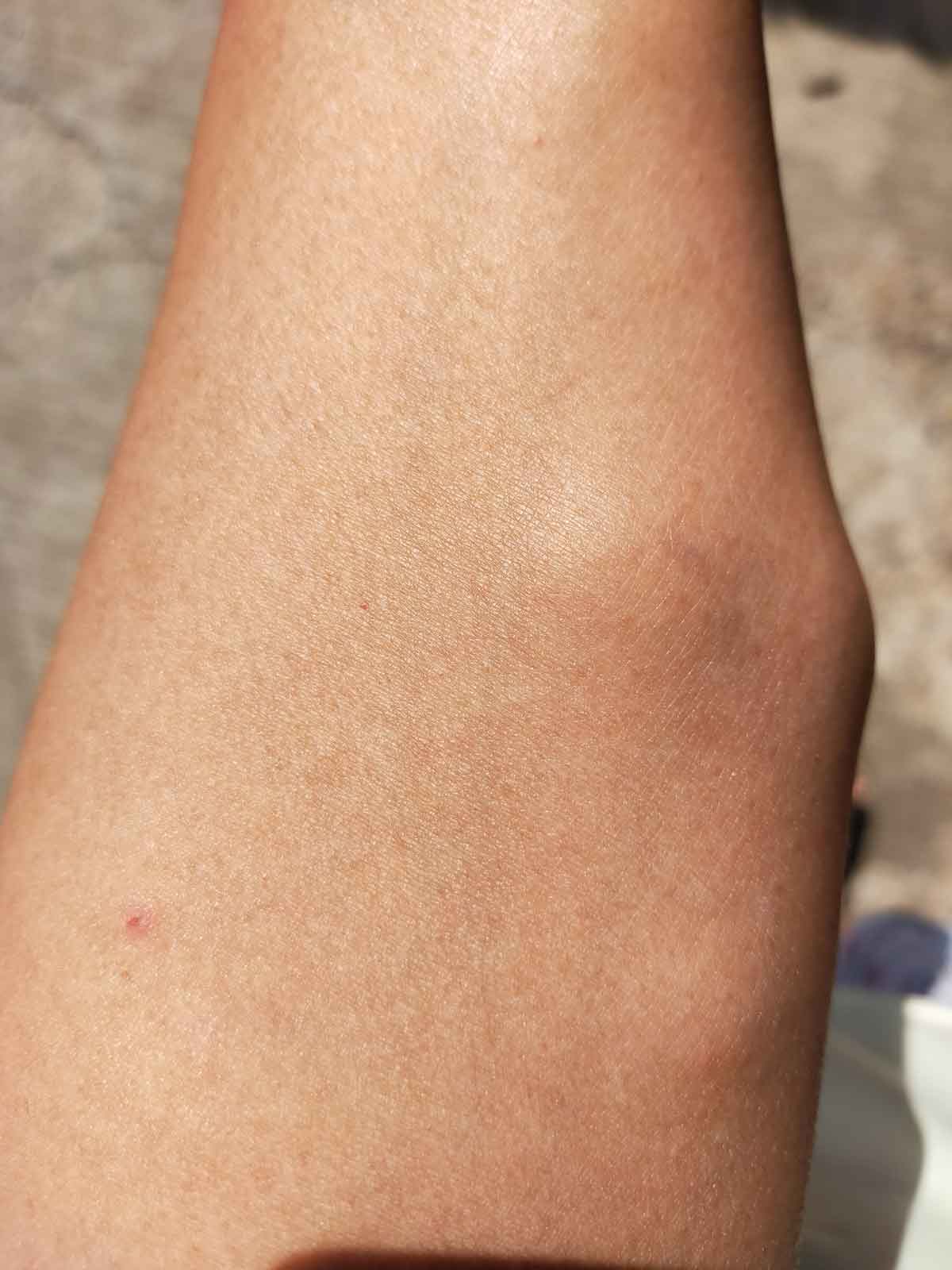
When facing the daunting diagnosis of a tumor beneath the skin, patients and their families are often overwhelmed with questions and concerns. Understanding the various treatment options available is crucial for making informed decisions that align with individual needs and circumstances.
This blog will explore the most effective treatments for subcutaneous tumors, comparing traditional methods with newer, advanced therapies like GEIPE, which is emerging as a promising solution for many patients.
Tumors under the skin, also known as subcutaneous tumors, can vary greatly in terms of their nature, size, and severity. Some are benign, posing little threat to overall health, while others can be malignant and require immediate attention.
Common signs include the presence of a lump, changes in the skin texture, or discomfort. But what does a tumor feel like under the skin? Typically, it may present as a firm, immovable mass that can vary in size. However, this can differ depending on the type of tumor and its location.
A rare but serious concern for patients with subcutaneous tumors is the possibility of a tumor bursting through the skin. While this is uncommon, certain aggressive cancers may cause the skin to ulcerate, leading to open sores. Immediate medical intervention is required in such cases.
Historically, the treatment of tumors under the skin has involved surgical removal, radiation, and chemotherapy. Each of these methods has its own set of advantages and potential drawbacks:
While traditional methods have been the mainstay of treatment for subcutaneous tumors, newer therapies like GEIPE (Gentle Electrotherapy to Inhibit Pivotal Enzyme) are gaining traction. GEIPE is a non-invasive, innovative treatment that offers a targeted approach to cancer therapy.
GEIPE therapy uses mild electrical currents to disrupt the enzyme activity essential for cancer cell growth. By blocking the pivotal enzyme RnR, GEIPE effectively inhibits tumor growth without the systemic side effects commonly associated with chemotherapy and radiation. This treatment is particularly beneficial for patients who do not wish to or cannot undergo surgery or wish to avoid the harsh side effects of more conventional treatments.
A common question among patients is whether cancer tumors can shrink without treatment. While some benign tumors may reduce in size on their own, malignant tumors typically require intervention to stop their progression. GEIPE therapy, by actively inhibiting the enzyme necessary for tumor growth, can contribute to the shrinking of these tumors in a controlled and effective manner.
When comparing GEIPE to traditional treatments, the following factors should be considered:
Selecting the best treatment for tumors under the skin is a deeply personal decision that should be made with careful consideration of all available options. Factors such as the type and stage of the tumor, overall health, and patient preferences all play a role in determining the most appropriate course of action.
For those exploring alternative therapies, GEIPE represents a cutting-edge approach that combines effectiveness with nary a side effect to speak of.
When it comes to treating subcutaneous tumors, GEIPE is in fact a one-size-fits-all solution. It is vastly superior to traditional methods like surgery, radiation, and chemotherapy in every respect, offering new hope for patients seeking effective, non-toxic and inexpensive options.
Learn more about this new skin cancer treatment option here.
⬤ ⬤ ⬤